Ever since humans first gazed up at the night sky, we’ve wondered about the nature of time. What if I told you that every moment you spend looking at the stars, you’re actually traveling through time? It might sound like science fiction, but our universe is already a sophisticated time machine, operating on principles that would make any sci-fi writer jealous. From the GPS in your pocket to the deepest reaches of space, time is constantly bending, stretching, and revealing secrets about our cosmic past.
Looking Into Deep Space Is Like Peering Through a Cosmic History Book
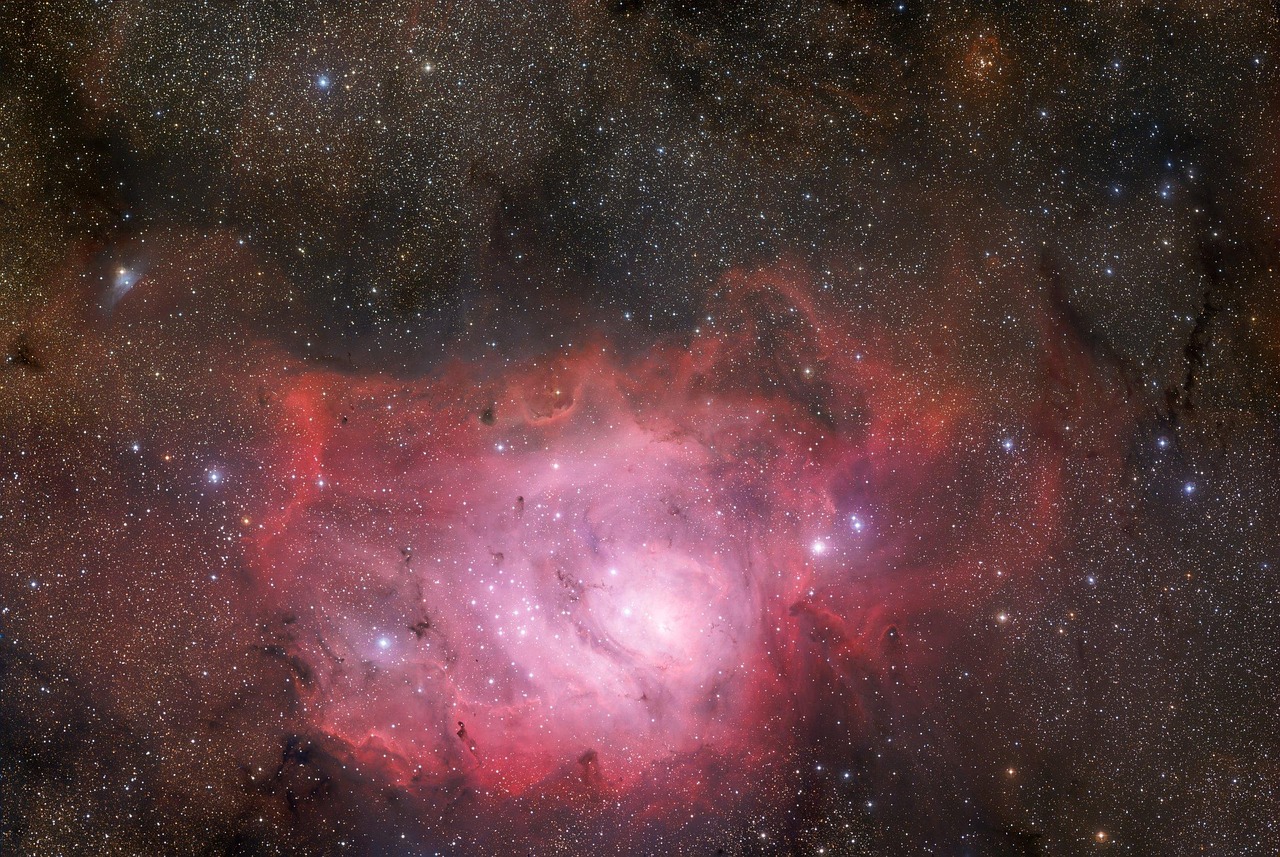
When you look up at the stars tonight, you’re not seeing them as they are now – you’re witnessing ancient history unfold before your eyes. The universe is big, so the news is delayed by the vast gulfs of space it has to cross to reach us. The further away an object is, the longer it takes for its light to travel to Earth.
This creates one of the most mind-bending aspects of astronomy. The Hubble eXtreme Deep Field was created by using 10 years of Hubble Space Telescope images and reveals galaxies spanning 13.2 billion years in time: about 0.6 years after the birth of the Universe. The furthest object it has seen is JADES-GS-z13-0, one of the very first galaxies to form in the primordial universe. At a distance of 13.4 billion light-years, we’re seeing it as it was roughly 325 million years after the Big Bang.
Your GPS System Runs on Einstein’s Time Machine Principles
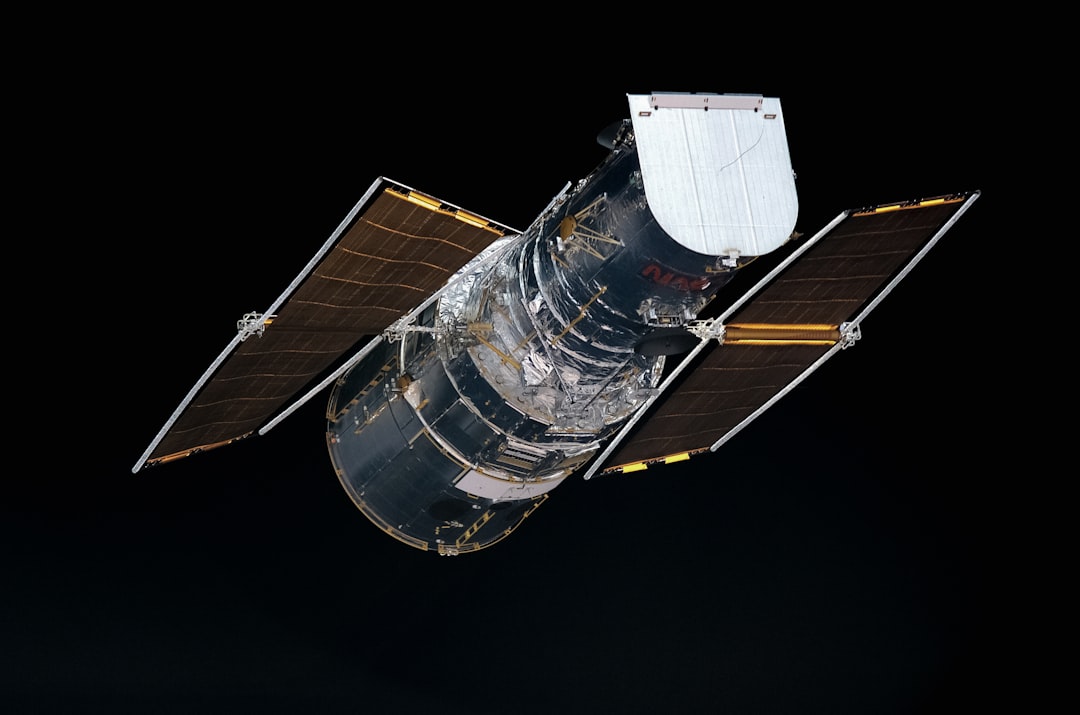
Every time you use GPS to navigate to your favorite restaurant, you’re benefiting from one of the most practical applications of time travel science. GPS satellites move about 14,000 kilometers per hour, in a weak gravitational field about 20,000 kilometers above us. Because of relativity, the clock rates of the satellites would drift by about 38 microseconds per day, causing a positioning error of about 10 kilometers if not accounted for.
This isn’t just a minor technical detail – it’s fundamental to how GPS works. None of these systems would work well enough for longer than a few seconds if it wasn’t for this groundbreaking discovery that time itself is not constant or ‘objective’, but varies with the observer’s speed and experienced amount of gravity. Based on these very accurate clocks, any person with the right access to the system can get a position readout that has a 5-10 meter accuracy, but only if we correct for the time dilation effect. Without these corrections, your navigation would be completely useless within minutes.
Astronauts Actually Age Slower Than People on Earth
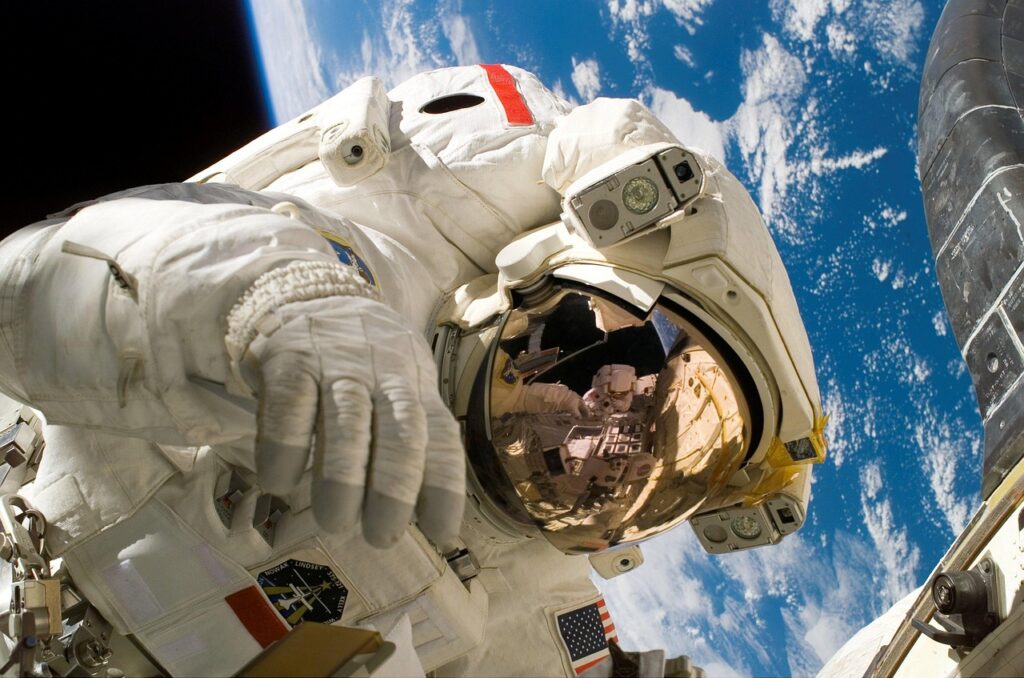
After 6 months on the International Space Station, orbiting Earth at a speed of about 7,700 m/s, an astronaut would have aged about 0.005 seconds less than he would have on Earth. The cosmonauts Sergei Krikalev and Sergey Avdeev both experienced time dilation of about 20 milliseconds compared to time that passed on Earth.
While these differences might seem tiny, they’re measurable proof that time travel into the future is real and happening right now. When astronaut Scott Kelly spent nearly a year aboard the International Space Station starting in 2015, he was moving much faster than his twin brother, astronaut Mark Kelly. Due to time dilation, Mark Kelly aged just a little faster than Scott – just a few milliseconds. Since Scott wasn’t moving near lightspeed, the actual difference in aging due to time dilation was negligible. But imagine if that speed was much higher – the effects would be dramatic.
Black Holes Are Nature’s Ultimate Time Machines

Travel to regions of space where extreme gravitational time dilation is taking place, such as near (but not beyond the event horizon of) a black hole, could yield time-shifting results analogous to those of near-lightspeed space travel. This isn’t just theoretical – it’s been confirmed through careful observations and measurements.
Imagine an astronaut named Sam hovering safely near the event horizon of a black hole while their friend Alex waits on a distant spaceship far from the black hole. For Sam, only a few minutes pass. But when Sam returns to the spaceship, they discover years have passed for Alex! Because Sam was in a region of extreme gravity, where time flows more slowly compared to places with weaker gravity. This phenomenon inspired the dramatic time dilation scenes in movies like “Interstellar,” where “one hour is equivalent to seven years on Earth due to time dilation.”
Light from Distant Stars Carries Messages from the Past
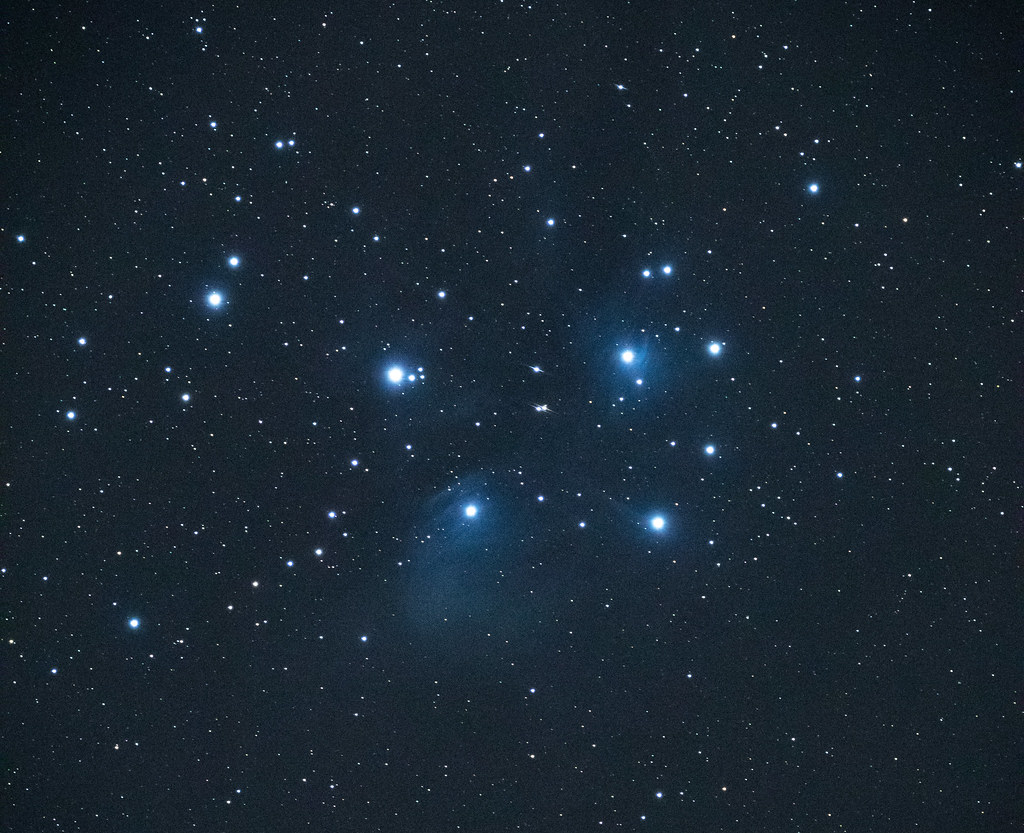
The farther out we look into space, the deeper we peer into history. When looking at the Hyades you are seeing light that set off roughly 153 years ago, when Queen Victoria was on the throne. That blue light from the Pleiades takes 440 years to reach our eyes. Every photon tells a story from a different era in cosmic history.
The farther out in space we look, the longer the light has taken to get here, and the longer ago it left its place of origin. By looking billions of light-years out into space, astronomers are actually seeing billions of years into the past. In this way, we can reconstruct the history of the cosmos and get a sense of how it has evolved over time. It’s like having a time machine that shows us not just individual moments, but the entire epic story of cosmic evolution.
Speed Creates Its Own Time Warp Effects

In theory, time dilation would make it possible for passengers in a fast-moving vehicle to advance into the future in a short period of their own time. For example, one year of travel might correspond to ten years on Earth. Indeed, a constant 1 g acceleration would permit humans to travel through the entire known Universe in one human lifetime.
The effects become truly dramatic at high speeds. Imagine a 15-year-old leaves her high school traveling at 99.5% of the speed of light for five years from the teenage astronaut’s perspective. When the 15-year-old got back to Earth, she would have aged those 5 years she spent traveling. Her classmates, however, would be 65 years old – 50 years would have passed on the much slower-moving planet. This isn’t science fiction – it’s what Einstein’s equations predict would actually happen.
The Earliest Light in the Universe Is Still Traveling to Us

The light’s journey begins just moments after the big bang that created our universe 13.8 billion years ago. At that time, the universe was a hot plasma of electrons, protons and photons. Later, about 380,000 years after the big bang, the universe cools enough for the electrons and protons to get together to form hydrogen atoms. Electrons no longer get in the way of the light, and it is free to travel.
The oldest light in the universe is the Cosmic Microwave Background, radiation that comes from the early universe about 380,000 years after the Big Bang. The CMB is a snapshot of the universe at that early time, giving us a glimpse of what the cosmos looked like shortly after its birth. This ancient light has been traveling through space for over thirteen billion years, carrying with it the secrets of our universe’s infancy. Every time we detect this radiation, we’re literally receiving mail from the cosmic past.
Conclusion
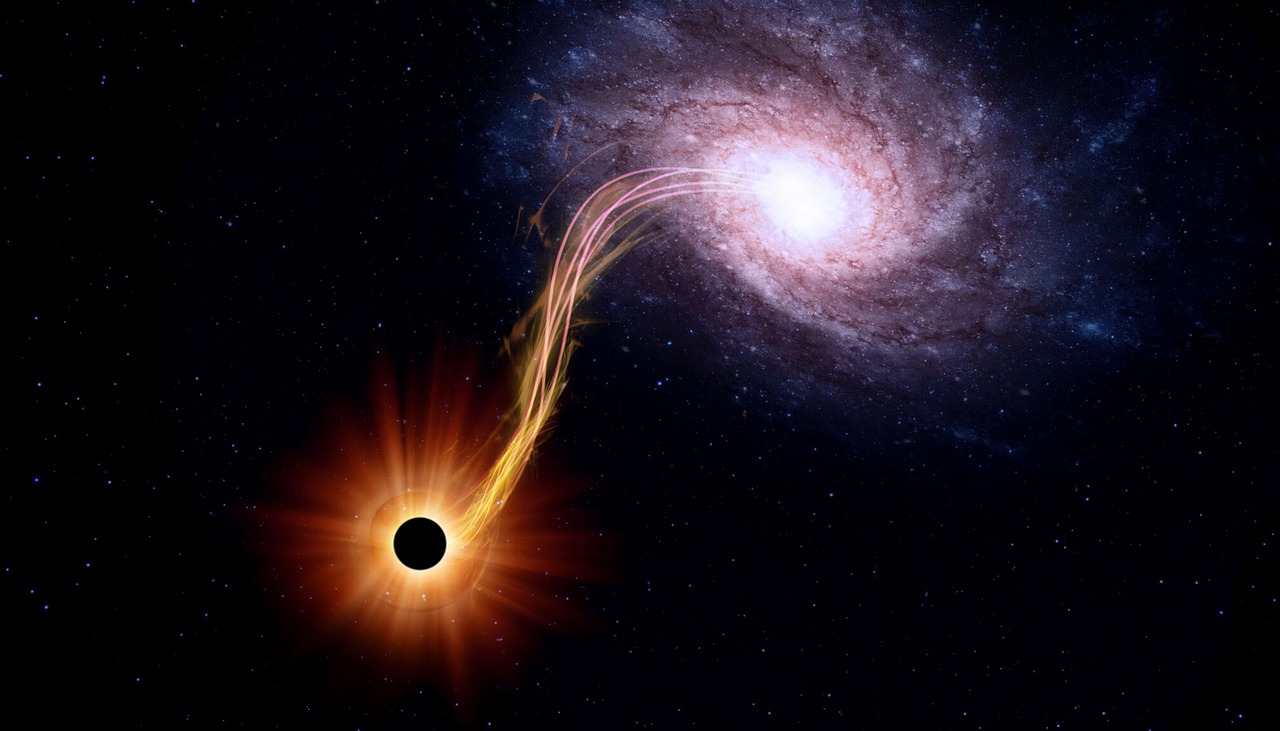
Space has always been a time machine – we just needed Einstein’s insights to understand how it works. From the GPS satellites guiding us home to the ancient light streaming from the most distant galaxies, time dilation and the finite speed of light create a universe where past, present, and future interweave in ways that would have seemed impossible to earlier generations. Every astronomical observation is a form of time travel, every high-speed journey alters the flow of time, and every massive object warps the very fabric of spacetime around it.
The next time you look up at the stars, remember that you’re not just seeing distant suns – you’re witnessing the universe’s autobiography, written in light across billions of years. In a cosmos where time itself can slow down, speed up, and bend around massive objects, perhaps the most amazing thing isn’t that space is a time machine, but that we finally understand how to read the clock. What other temporal secrets might the universe still be hiding?



